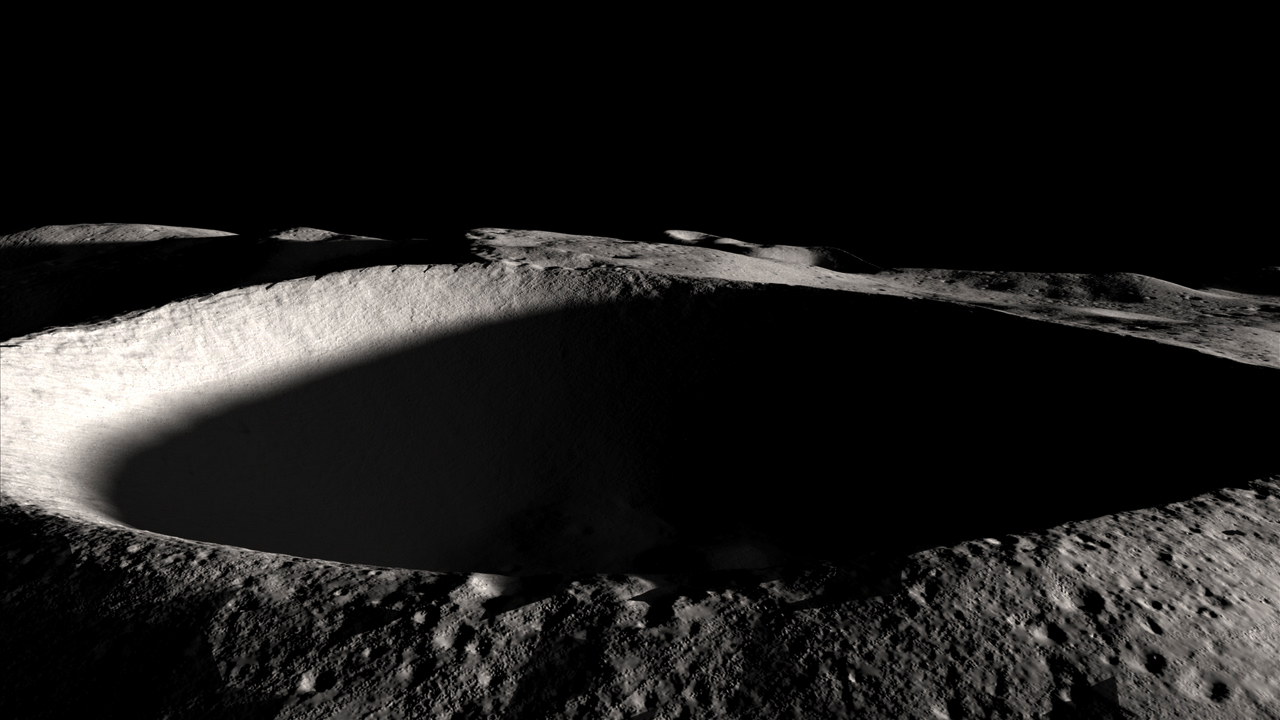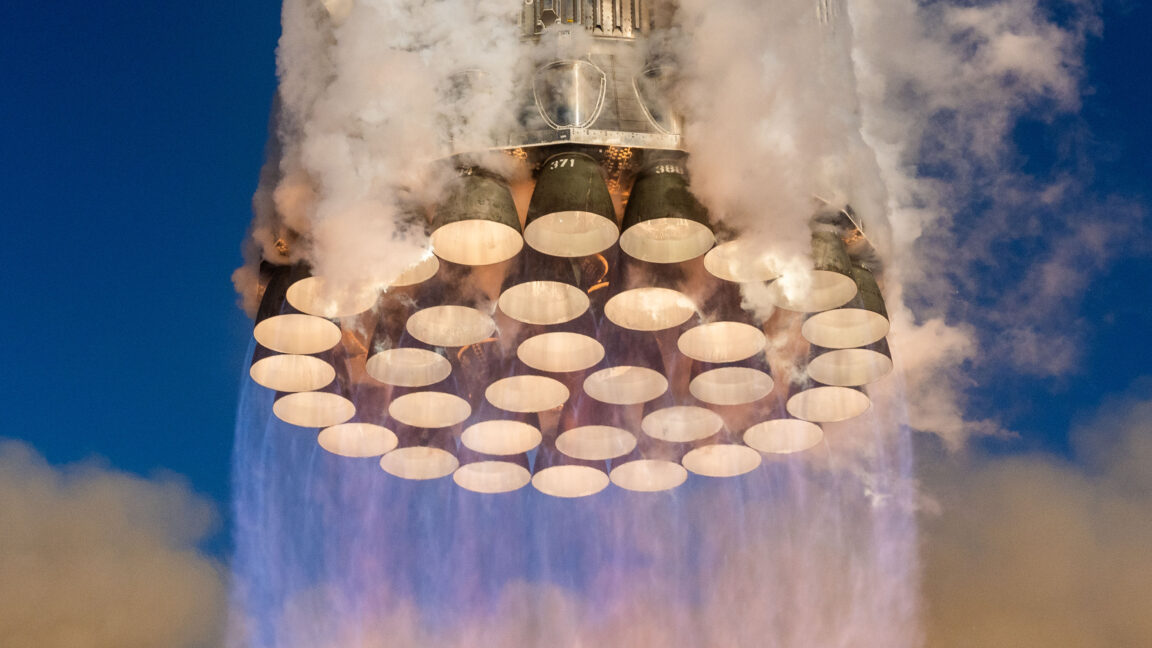For the first time ever, the United States is getting serious about fostering an economy on the Moon.
NASA, of course, is in the midst of developing the Artemis program to return humans to the Moon. As part of this initiative, NASA seeks to foster a lunar economy in which the space agency is not the sole customer.
That's easier said than done. A whole host of conditions must be met for a lunar economy to thrive. There must be something there that can be sold, be it resources, a unique environment for scientific research, low-gravity manufacturing, tourism, or another source of value. Reliable transportation to the Moon must be available. And there needs to be a host of services, such as power and communications for machines and people on the lunar surface. So yeah, it's a lot.
In recent months, a US Defense organization, the Defense Advanced Research Projects Agency, has stepped in to help. This is important because DARPA is a key supporter of emerging technologies with a track record of success. (DARPA, for example, bought the very first launch on SpaceX's Falcon 1 rocket.) Last year, the defense agency announced it was initiating a study, LunA-10, to understand how best to facilitate a thriving lunar economy by 2035.
In December, DARPA announced that it was working with 14 different companies under LunA-10, including major space players such as Northrop Grumman and SpaceX, as well as non-space firms such as Nokia. These companies are assessing how services such as power and communications could be established on the Moon, and they're due to provide a final report by June.
Things are moving faster than that, however. The DARPA program manager overseeing these activities, Major Michael "Orbit" Nayak, published a paper earlier this month based on learnings from these studies that only began a few months ago.
"Based on technical work and development conducted under the LunA-10 study, I have identified six hypotheses where, if revolutionary improvements in technology can be made, I assess that a direct acceleration to the fielding of a lunar economy is likely to occur," Nayak said in the paper.
Seeking industrial innovation
Last Thursday, based on the ideas elucidated in Nayak's paper, DARPA issued a "Request for Information" for technological capabilities that could scale up lunar exploration and commerce. This federal solicitation makes for interesting reading and suggests that Nayak and DARPA have thought things through.
Here's a brief summary of each of the six areas of interest:
Centralized heating and cooling: The lunar day-night cycle means that much of the lunar surface is in darkness for 14 days and in light for 14 days. This creates thermal challenges, in that the surface gets very cold in the lunar night and rather warm during the lunar day. Much like an HVAC system provides heating and cooling services to various offices throughout a skyscraper, a thermal hub on the Moon could provide similar services to a variety of users so they would not have to bring them along. "In this new paradigm, users would bring only the minimal thermal equipment to the Moon, plug into a thermal hub, and pay for heat generated/rejected on a dollars-per-kilowatt basis—analogous to power utilities on Earth and a foundational enabler to the lunar economy," the paper said.
Lunar prospecting. It's important to know what resources are actually on the Moon. Scientists are reasonably confident that there is water and oxygen available at the lunar poles. But what else? And what kinds of resources are available just below the surface, in the top 3 to 10 meters of the Moon? To that end, DARPA is seeking one to three satellites that could prospect and survey the Moon from a very low altitude of 15 km above the surface.
Silicon wafer manufacturing. This area seeks information on the feasibility of manufacturing large (defined as >400 mm) silicon wafers on the lunar surface. There are potentially temperature, pressure, and gravitational advantages to manufacturing silicon wafers for supercomputing in the lunar environment. There may also be some commonality with industrial facilities planned to process lunar regolith. "Silicon crystal growth occurs at 1425 deg Celsius, which is approximately the temperature at which multiple ISRU pilot plants intend to operate, e.g., for carbothermal reduction of oxygen from regolith," the solicitation states.
Microbial biomanufacturing. Microorganisms perform many essential functions such as recycling, food and pharmaceutical production, mining, and other processes. The goal is to combine local materials, such as lunar regolith, with biotechnology to create structures, industrial fuels, or lubricants. One intent of this is to close the loop in terms of producing and recycling resources needed on the Moon for habitation and manufacturing.
Low-gravity resource extraction. There seems to be a lot of valuable elements on the Moon, including uranium and thorium. But they exist in relatively low abundances, such as a few parts per million. DARPA is seeking ideas on how to process large amounts of lunar regolith in the lunar low-gravity environment. The agency "seeks information on novel mining methods and/or system designs by which to drastically increase the throughput, beneficiation, and refinement of regolith (whether lunar or asteroidal) for the extraction of elements that are in the <100 ppm range of abundance."
A lunar GPS system. Because activity on the Moon will probably be clustered in a few resource-rich areas, it's unlikely that there needs to be a truly global positioning system any time soon. So what should a position, navigation, and timing system look like for the lunar surface? Among the enabling technologies that DARPA is looking for include "very low power solutions for generating, maintaining and sharing timing signals on the Moon, independent of signals from Earth."
Activities have yet to be funded
Although this is an ambitious set of capabilities, it is important to note that the DARPA solicitation is only a "request" for more information. The federal agency is not providing any funding to support the responses prepared by industry, and this request does not bind the federal government to future action.
However, it seems clear that DARPA, which has an annual budget of $4 billion, is seriously interested in lunar commercial activity. The areas of interest cited above are all important precursors for a sustained presence on the Moon. So if US companies can step forward with innovative solutions to these technical problems, federal dollars would likely become available, and we might really take some meaningful steps toward developing the Moon.


